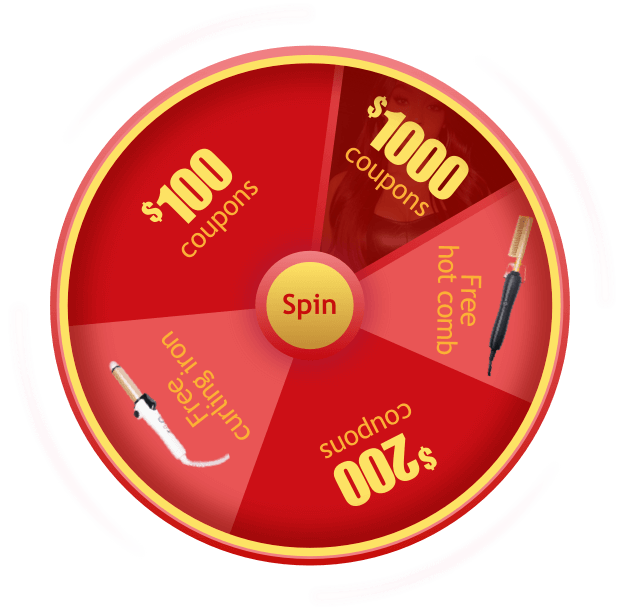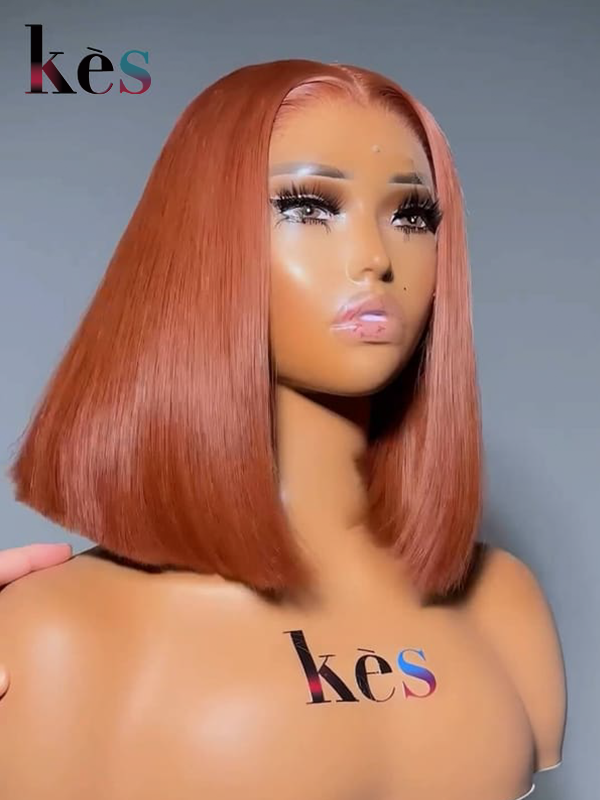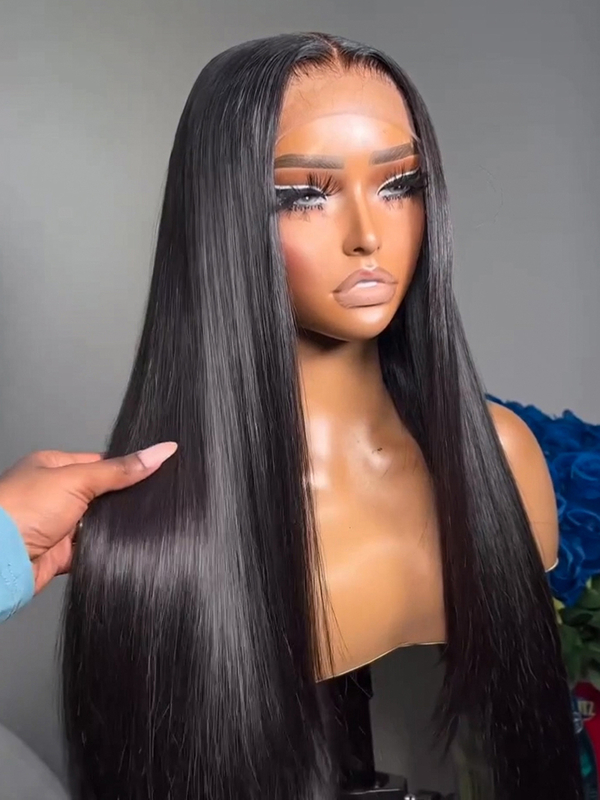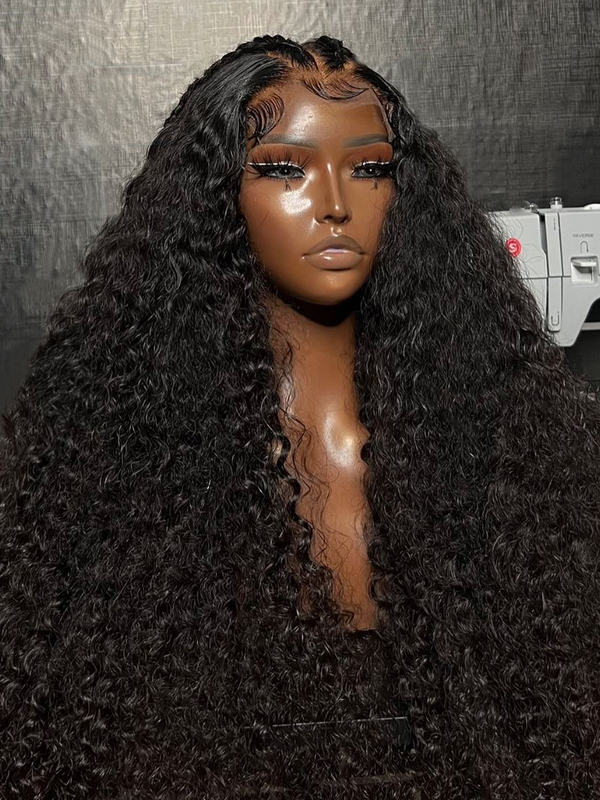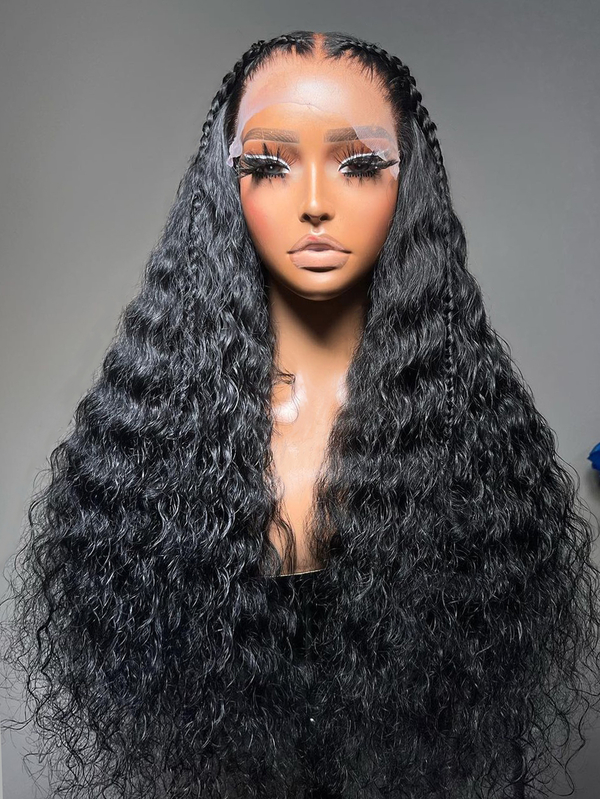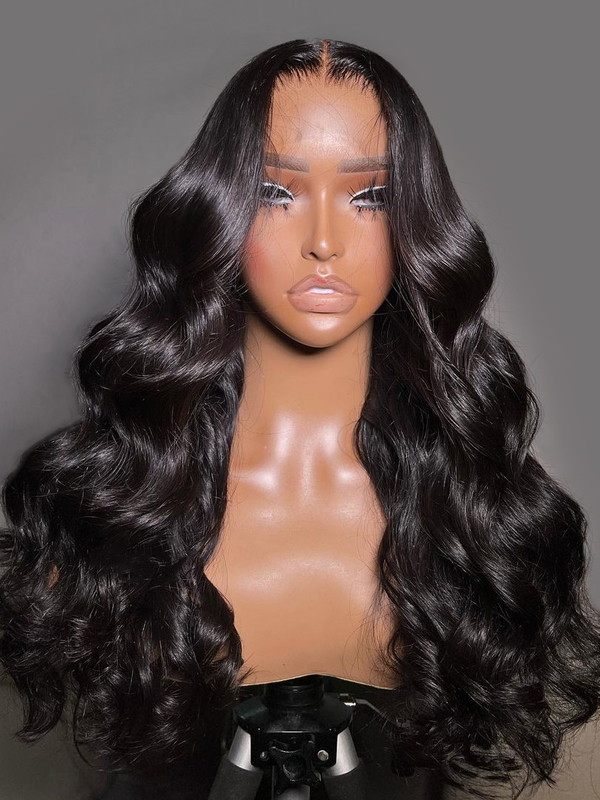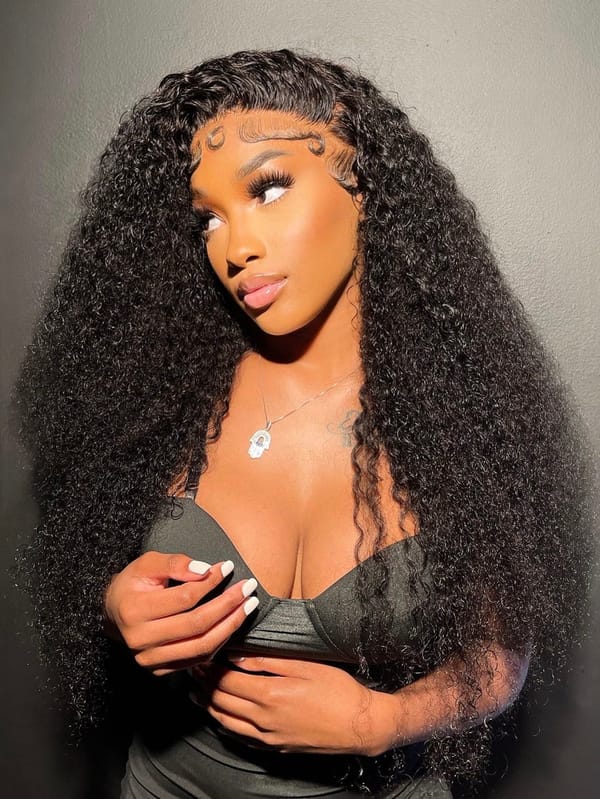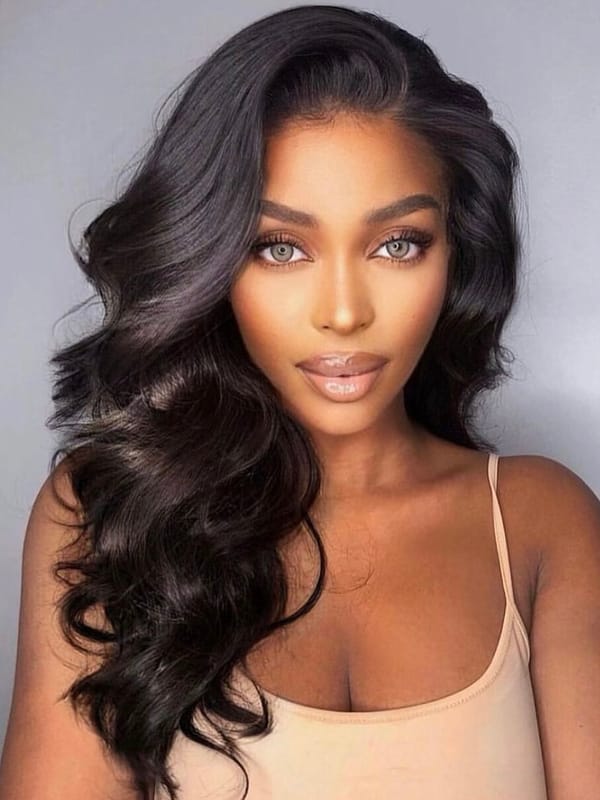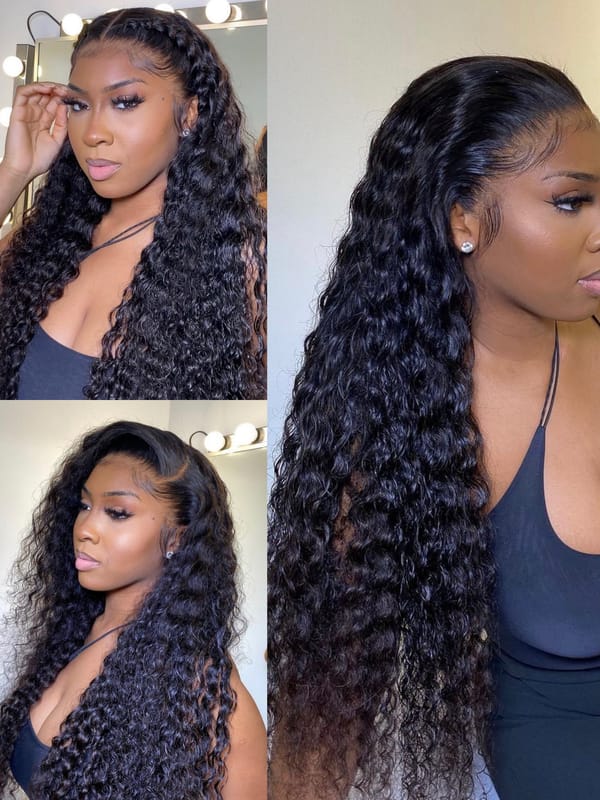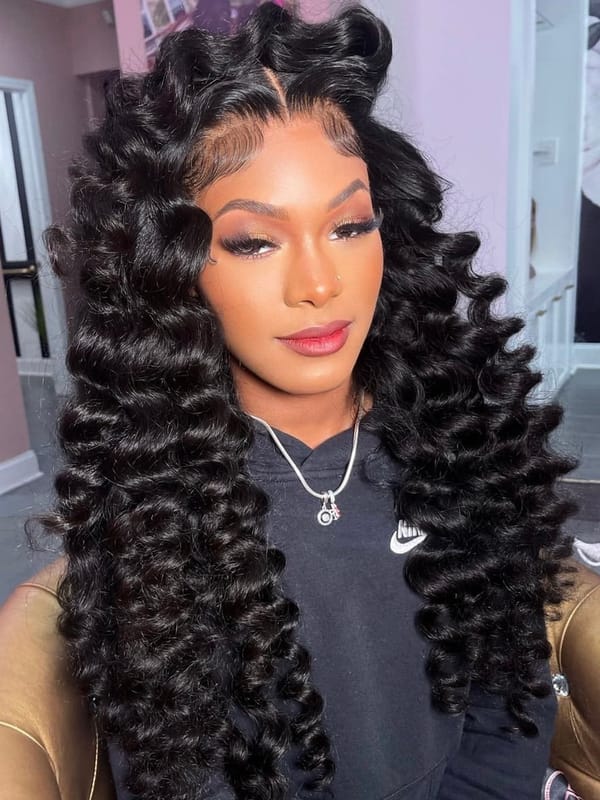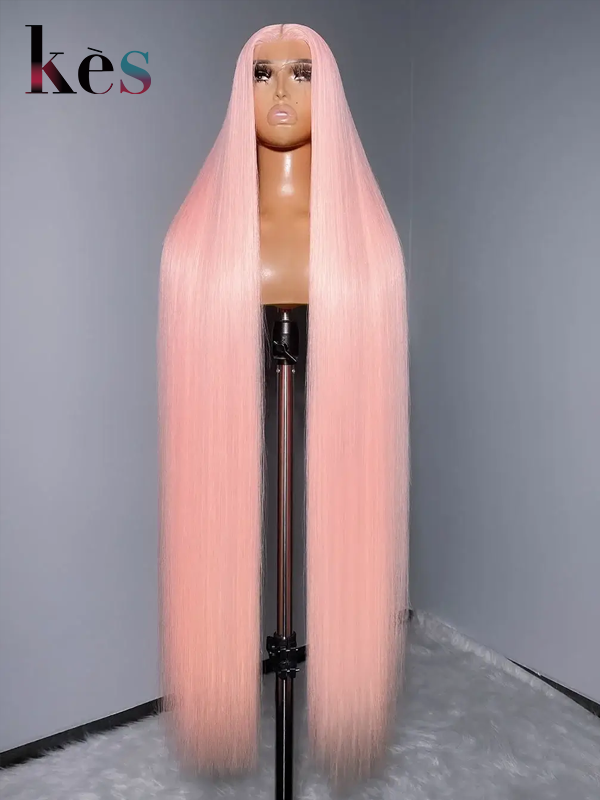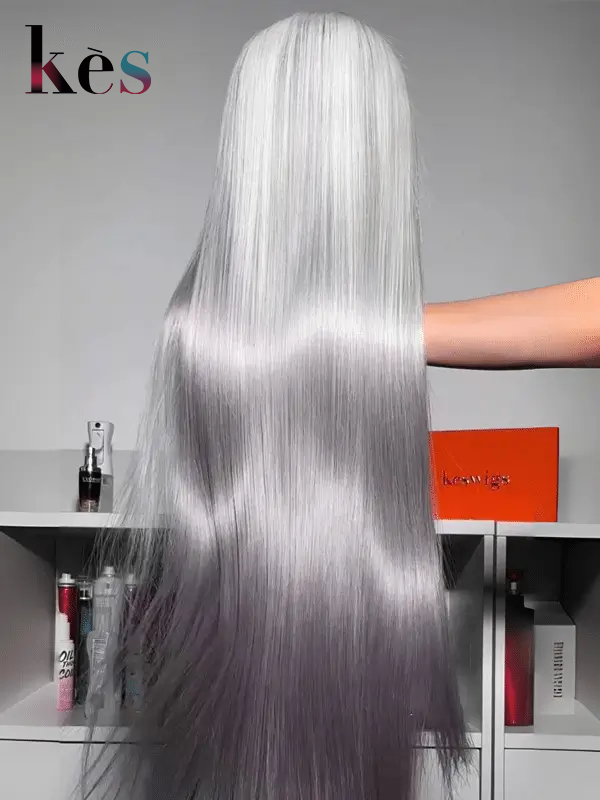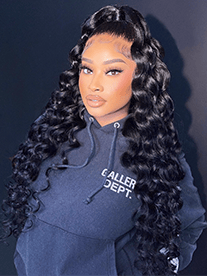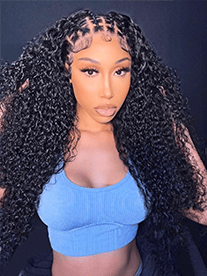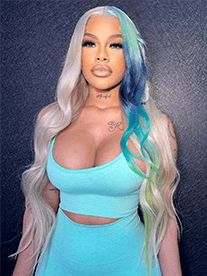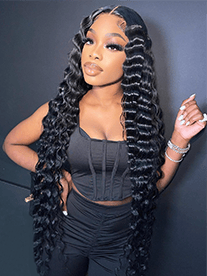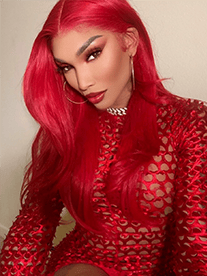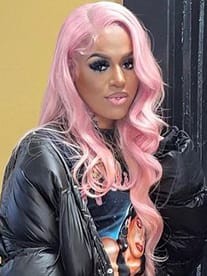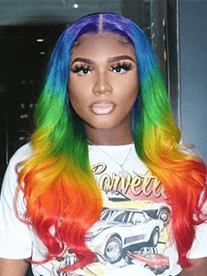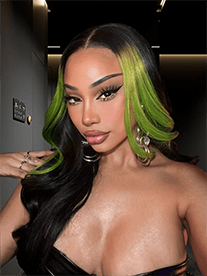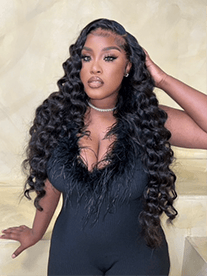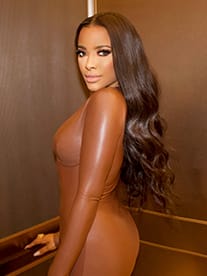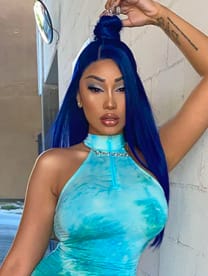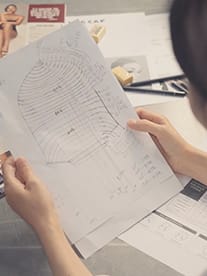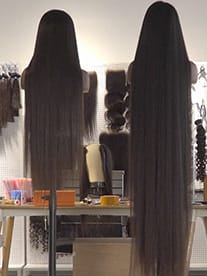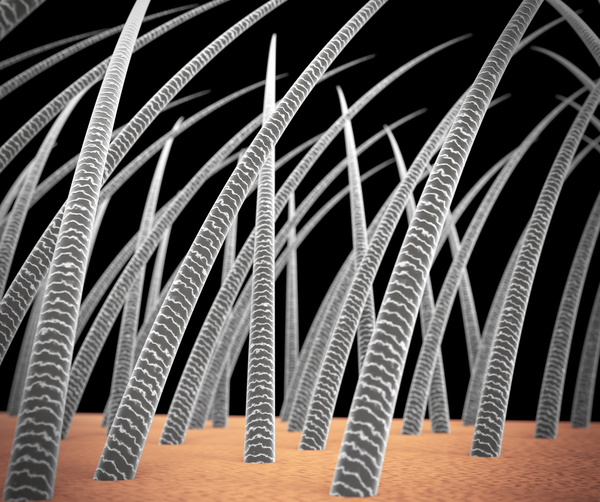
(This article is written by Dr. Ahmed Zayed, MD)
Everyone wants healthy and shiny or bouncy hair. Whether you’re rocking your hair, extensions, or wigs, you want to have smooth and healthy locks. That’s not too much to ask.
When it comes to hair health, it’s crucial to understand how different parts work and why hair cuticles are so important. This is particularly the case for people who wear human hair wigs and extensions. In this post, you’re going to learn everything about it.
Read on for more information about hair cuticles and their importance to healthy hair.
What is Healthy Hair?
Healthy hair is defined as hair with a smooth texture and clean-cut ends or tapered tips. Both texture and shine of hair are related to hair surface properties, whereas hair end integrity is linked to the hair cortex. Hair can be healthy regardless of appearance, curly or straight. However, curly hair is more susceptible to damage and tangling than straight hair.
Signs of healthy hair, besides shiny and smooth texture, include:
- Good elasticity
- Minimal shedding
- Voluminous and bouncy hair
- Detangles easily
- Not dry or rough and lifeless to the touch
- Minimum breakage
- Responds well to moisture
- No dandruff
Functions of Different Parts of Hair
We can divide the hair into parts below and above the skin. Below, we will focus on parts above the skin, i.e., the hair shaft.
The hair shaft is the visible part of the hair, i.e., the part that sticks out of the skin. A protein called keratin comprises the hair shaft. As a remarkably strong protein, keratin is resistant to wear and tear.
Two kinds of bonds hold keratin together. They are disulfide bonds and hydrogen bonds. The latter is less durable than disulfide bonds but is more numerous. Hydrogen bonds give your hair flexibility.
The hair shaft contains three layers. They are:
- Cuticle – the outer layer of the hair shaft and the most significant part of your hair. This thin, colorless layer’s primary function is to protect the cortex. The cuticle is comprised of overlapping cells that look like fish scales. Healthy cuticles are flat and smooth. Not only do healthy cuticles give your hair shine and act as a protective barrier, but they also minimize moisture movement in and out of the cortex. That way, your hair maintains a delicate hydration balance and flexibility.
- Cortex – the middle layer of the hair shaft. The main function of the cortex is to provide color, strength, and texture to the hair fiber. Long keratin filaments make up the cortex. Both disulfide and hydrogen bonds hold together these filaments.
- Medulla – the deepest layer of the hair shaft, only seen in thick and large hairs. In other words, the medulla isn’t always present, whereas the cortex and cuticles are. The medulla comprises a thin and soft core of transparent cells and air spaces.
Why is Healthy Hair Shiny, Bouncy, Won’t Tangle, and Responds Well to Moisture?
Healthy hair is shiny due to keratin. Insufficient levels of keratin make your hair dry and brittle. As a result, hair breaks and sheds easily, loses playfulness and volume, and becomes dull or lifeless.
When it comes to tangling, it all comes down to cuticles. Hair doesn’t tangle when cuticles are healthy. On the flip side, damaged cuticles make forming knots easier. The relationship between hair cuticles and hair health is discussed in greater detail further in this post.
Responding well to moisture means healthy hair retains its natural texture. Straight hair should remain straight, curly hair should remain curly. One of the most significant signs of unhealthy hair is an inadequate response to moisture, i.e., hair fails to retain its texture.
What Causes Damaged Hair?
Our hair is exposed to environmental influences at all times. Many people struggle with hair damage, which goes beyond split ends. The most common causes of hair damage include:
- Hair dye – chemical dyes contain harsh ingredients that remove natural moisture, thus making hair coarse and rough to the touch
- Bleach – leaves hair porous, dry, fragile, and brittle. Since it can induce permanent changes in hair structure, bleach also reduces the strength and elasticity of your hair.
- Heat styling – tends to “cook” hair fibers, leaving hair porous and causing raised cuticles. Hair is more prone to damage in persons who use heat tools often.
- Not getting haircuts regularly – failing to get regular haircuts is a common cause of dry and split ends.
- Over-brushing – while most people don’t think that way, brushing hair too much can cause breakage.
- Towel drying – rubbing wet hair with a towel can cause various problems, including frizz, breakage, and accelerated damage. After all, wet hair breaks more easily than dry hair.
- Unhealthy diet – nutrition is one of the most important aspects of natural hair health. An unhealthy diet prevents you from getting enough vitamins, minerals, and other nutrients necessary for healthy hair. Insufficient intake of Omega-3 fatty acids, zinc, protein, vitamin D, and iron leads to dry, dull, and brittle hair. Severe nutrient deficiencies may cause more significant damage and hair loss.
- Tight hairstyle – using very tight elastic bands to tie hair up or regularly wearing tight hairstyles such as buns, braids, and cornrows can cause hair damage and breakage.
Other causes of hair damage include prolonged sun exposure, thyroid disorders, hair disorders, and cold air temperatures, to name a few.
Relationship Between Hair Cuticles and Hair Health
Of all hair parts, cuticles are probably the most essential for hair health. What’s the connection here? We can easily describe the hair cuticle as a guardian due to its protective properties that keep the inner layers of the hair strand safe from damage. In other words, a healthy cuticle is necessary for a healthy cortex and medulla. This translates to healthy and shiny hair. On the flip side, unhealthy cuticles pave the way to damage to the inner parts of the hair shaft and the ensuing hair damage.
A November 2021 review from the International Journal of Cosmetic Science confirmed that rapid cuticle degradation makes hair more vulnerable to mechanical insults. Hair quality is also compromised in this case.
The telltale sign of damaged cuticles is thinner hair that is rough to the touch. At the same time, your hair isn’t bouncy and shiny anymore. Instead, it appears dull and lifeless, tangles easily, and doesn’t respond well to moisture. Lower-grade hair is particularly prone to damage, and all these problems make it challenging to handle.
You see, comb waste is used to make lower-grade hair extensions, for example. In this case, hair is all over the place, i.e., not tamed. Instead, it points in different directions. Hair tangling is bound to ensure.
Frustrating hair knots are strongly associated with unhealthy or damaged cuticles. Healthy cuticles are closed and smooth. However, damaged cuticles are open, and layers become snagged on each other. They’re getting in each other’s way. This “commotion” leads to knots or tangles. The more damaged the hair cuticle, the more tangled the hair becomes.
When it comes to hair tangling, it’s helpful to mention curly hair is more prone to this problem than straight hair. Why? The answer is simple: curly hair tends to be drier than straight hair, so the curls tend to mat together. Additionally, curly hair is difficult to subdue. Since the locks and cuticles point in different directions, it’s easy for knots to form. Open cuticles tend to rub against one another, which is intensified in curly hair and makes it more likely to tangle.
Low-grade extensions today are usually straight. Since tangling is a common problem, many manufacturers use chemicals to remove the cuticles. The theory is that even if the hair gets all mixed up, it isn’t supposed to form knots.
That’s not entirely a wise idea. Keep in mind that the cuticle works to extend the life of the hair, and it also gives hair its sensual shine and luster. Removing the cuticle also eliminates the integrity of hair and compromises its quality. Remember that the cuticle is a protective layer. That means once this important layer is removed, hair becomes fragile. While the main idea is to prevent tangling, the reality is different, and hair may start tangling like crazy.
Why? It’s easy; it all comes down to the damaged cuticles and hair pointing in different directions. They’re getting in each other’s way, and knots form easily. This explains why many people with non-Remy hair complain about the constant tangling of their extensions.
How do You Protect Hair Cuticles?
Healthy hair cuticles are vital for shiny and bouncy hair. Since they’re prone to damage, it’s essential to know how to protect the cuticles. These tips can help you out:
- Choose pH-balancing products – the cuticles respond to the pH value of the substances and products we use. Hair generally “prefers” a pH of 4 to 5.5. Cuticles remain closed and smooth when pH is in this range. For that reason, you need to choose products such as shampoos, conditioners, or styling items wisely. Make sure their pH value is within this optimal range. Most manufacturers don’t print pH values on the labels, but you can use testing strips to find out.
- Use mild heat – since constant heat styling is an enemy to healthy cuticles and hair in general, you may want to reconsider your techniques. Instead of direct heat from curling irons and other instruments, you may opt for mild and indirect heat. Good examples are a hot towel wrapped around the head, a hooded dryer, and a hair steamer. Use mild heat styling methods when you deep condition your hair.
- Moisture and hair oil – your cuticles and hair, for that matter, need moisture and nourishment. That’s where hair oils and creams step in. These products can seal the cuticle and thereby prevent knots and other problems.
- Use silk or satin pillowcases – cotton pillowcases aren’t exactly hair-friendly and may further contribute to damaged cuticles and hair tangling. Satin or silk pillowcases are a much better option because they’re gentle and don’t produce friction as cotton does
- See your hairstylist regularly – hairstylists don’t recommend follow-up appointments for no reason. They do so because regular visits are necessary for healthy hair. This is especially true for people who wear extensions; you must ensure they’re perfectly okay and healthy.
Should I Get Wigs or Hair extensions Without Cuticles?
Whether you should get hair extensions without cuticles is a personal decision. However, from a professional point of view, hair with cuticles (Remy hair, virgin hair) are a much better option. Cuticle hairpieces are the finest on the market. Since the cuticle is entirely intact, hair strands have better quality. Also, these hairpieces are less likely to tangle.
You should ask the stylist to opt for cuticle alignment when it comes to wigs and extensions. That means that all cuticles should point in the same direction. Cuticles don’t point in the same direction, meaning your extensions could be prone to tangling. That’s exactly what you want to avoid.
While wigs and extensions without cuticles (Non remy hair) may appear lovely, they’re less durable than wigs and extensions with cuticles. That means Virgin and Remy hair, i.e., those with cuticles, are a far better investment.
In the realm of human hair wigs and extensions, virgin hair retains the hair cuticles in their most pristine state, making it the highest-quality and healthiest human hair type.
Remy hair, although some of its hair cuticles have been removed, still preserves a significant portion of them, all aligned in the same direction, providing protective benefits for the hair.
On the other hand, non-remy hair stands as the lowest-quality human hair because it has essentially lost most of its hair cuticles, rendering it unable to retain moisture and nutrients within the hair.
We have written several articles about different hair types. Do check them out for a better understanding:
Conclusion
Hair contains several parts, but the cuticles are absolutely crucial for its health, shine, and playfulness. As a protective layer, the cuticle shields other parts of the hair. That’s why it’s prone to damage that may jeopardize the integrity and quality of your hair.
Damaged cuticles lead to unhealthy and lifeless hair and frustrating knots. Therefore, you need to focus on hair care and choose your extensions or wigs wisely. Also, a healthy lifestyle equals healthy hair.





